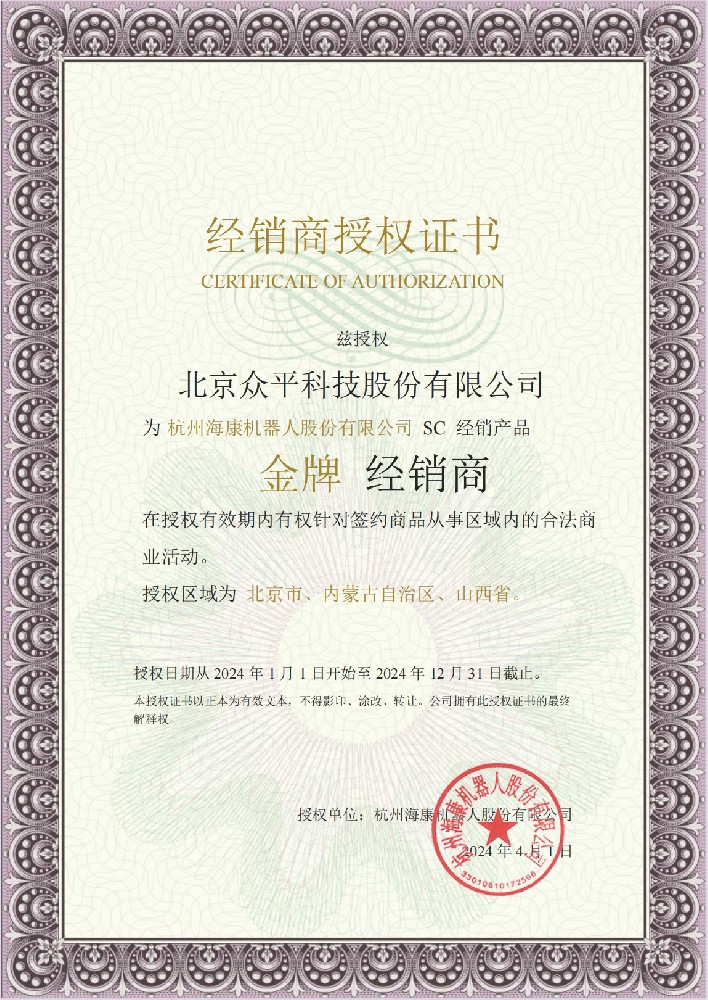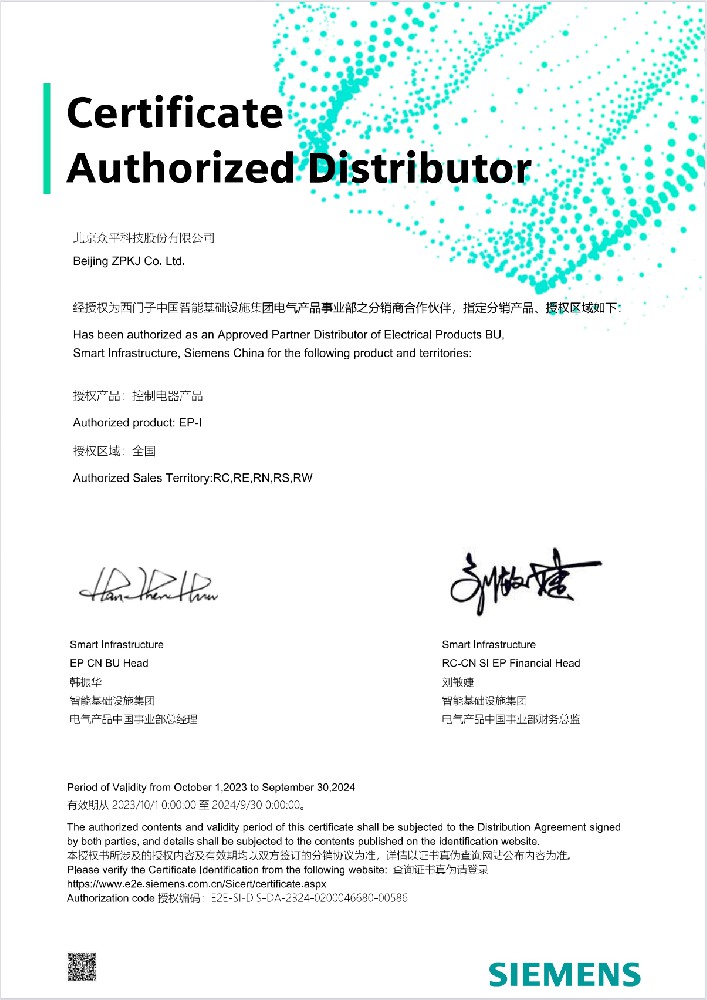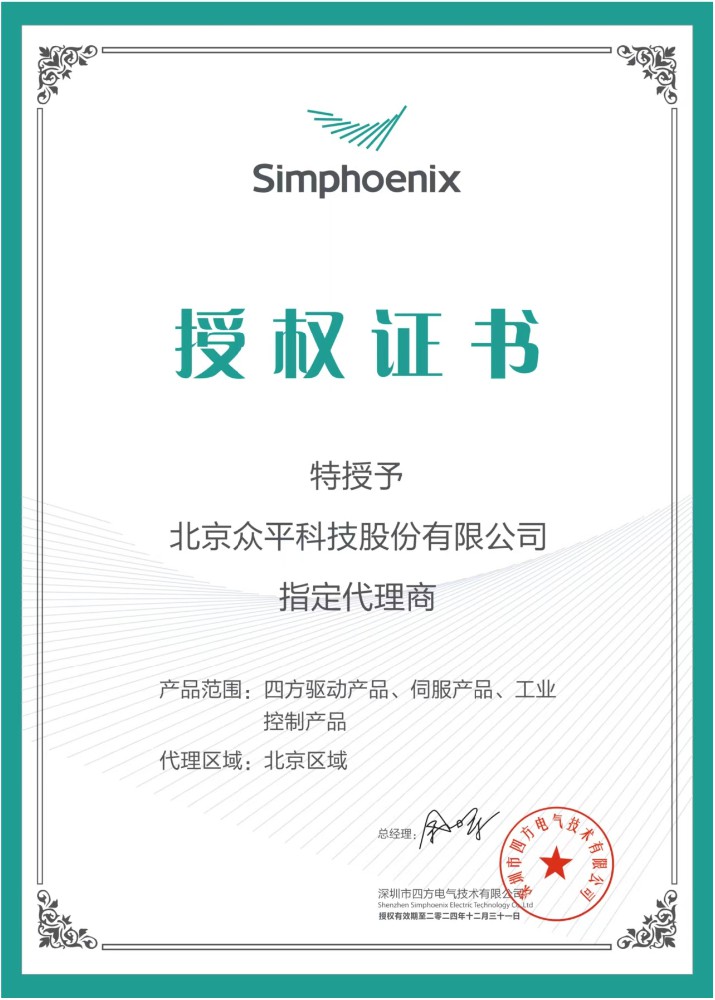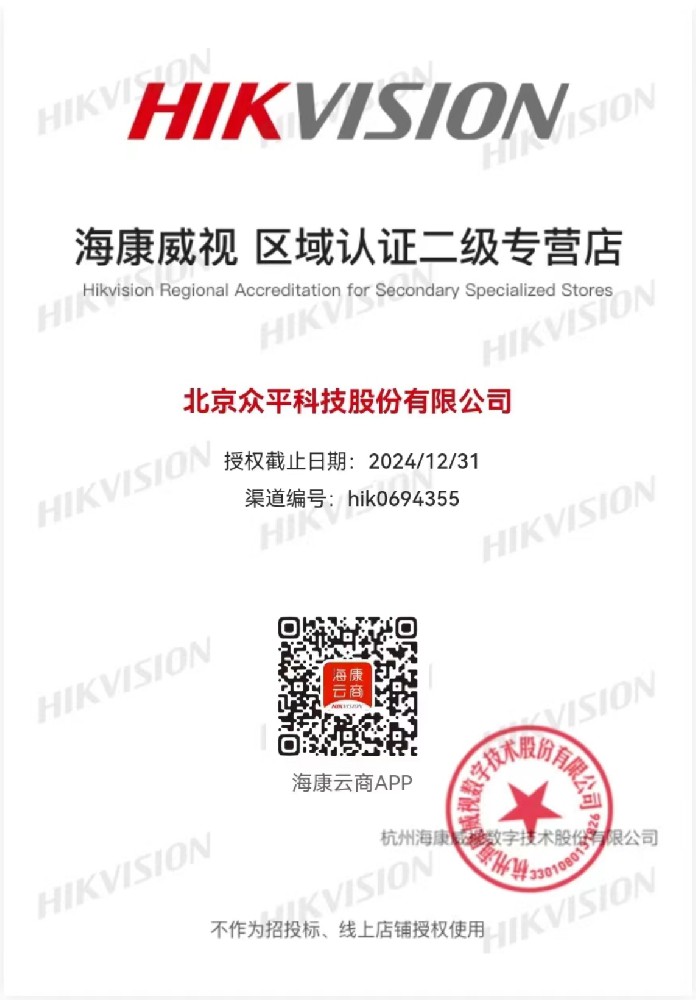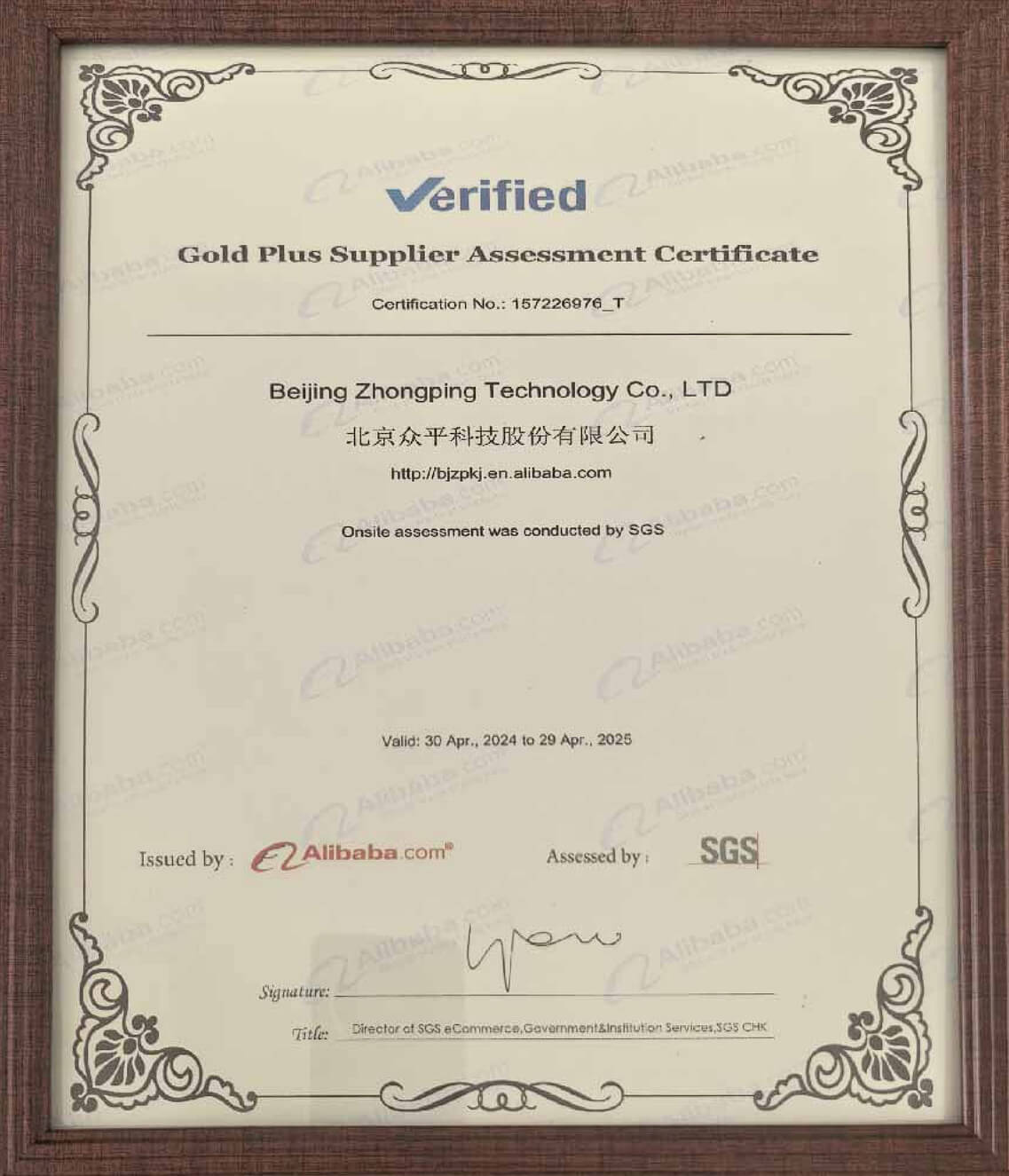The Fuji FRN0.75G1S-4C inverter is a versatile VFD drive designed for motor control in a three-phase 380V, 0.75kW system. As a high-performance VFD drive, it offers precise motor control, energy savings, and enhanced process control, making it an ideal solution for modern industrial automation. This inverter is widely used in various industrial applications such as CNC machines, metal processing centers, conveyor belt drives, and fan and pump controls, thanks to its superior performance, rich functionality, and flexible configuration.
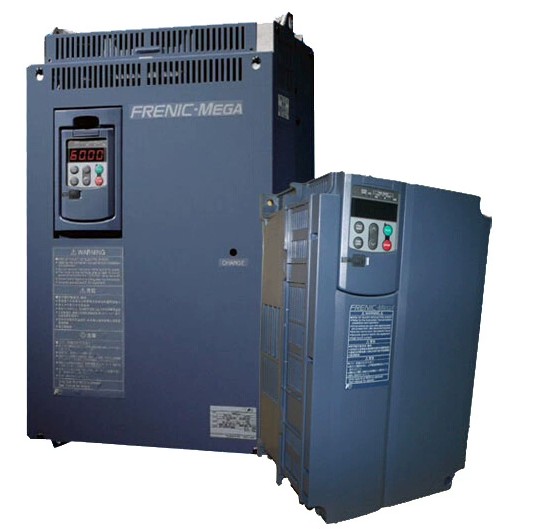
Product Specifications
Rated Power: 0.75kW.
Rated Current: 2.5A.
Input Voltage: 380-415VAC.
Control Modes: Supports sensorless vector control, V/f control, and other modes.
Frequency Range: 0-400Hz.
Braking Function: Built-in braking unit and resistor.
Communication Interface: RS-485 interface for remote monitoring and programming.
Environmental Adaptability: Operates in temperatures ranging from -10°C to +50°C.
Product Features
High-Precision Control: Sensorless vector control technology ensures high starting torque even at low speeds.
Superior Dynamic Performance: Dynamic torque vector control technology provides precise speed and torque control.
High Overload Capacity: Capable of withstanding 200% overload current for short periods, suitable for applications requiring frequent acceleration and deceleration.
Rich Functional Configuration: Features such as PID control, multi-speed control, and pulse input.
Easy Operation and Maintenance: Equipped with a USB interface, supports PC software programming and monitoring, making parameter setting and troubleshooting convenient.
Applications
CNC Machines: Provides precise control of the main spindle and feed axes, enhancing machining accuracy and efficiency.
Conveyor Belt Drives: Used in logistics and packaging industries to control the speed and start/stop of conveyor belts.
Fans and Pump Controls: Used in HVAC and water treatment to adjust the speed of fans and pumps, achieving energy savings.
Metal Processing Centers: Drives the main motor of machine tools, providing stable power output.
Instructions for Use
Installation and Wiring
Installation Environment: Choose a well-ventilated, dust-free, and non-corrosive gas environment. Avoid high temperatures, humidity, and strong electromagnetic interference.
Wiring Requirements: Follow the manual strictly to ensure correct connections of power, signal, and motor cables.
Grounding Protection: Ensure proper grounding of the device to meet electrical safety standards.
Parameter Settings
Basic Parameters: Set motor parameters, control modes, frequency range, etc.
Advanced Functions: Configure PID control, multi-speed functions, etc., based on application needs.
Maintenance and Inspection
Regular Inspection: Check for dust accumulation on heat sinks and fans to ensure good heat dissipation.
Parameter Verification: Regularly verify the inverter's parameter settings to ensure they match actual requirements.
Fault Diagnosis: Troubleshoot based on fault codes.
Precautions
Environmental Conditions: Avoid using in high-temperature, high-humidity, or strong electromagnetic interference environments.
Power Requirements: Ensure stable power voltage to prevent damage from voltage fluctuations.
Safe Operation: Avoid contact with live parts during operation and disconnect power before maintenance.
FAQ
How to Perform Motor Self-Tuning?
Motor self-tuning is a crucial step to ensure compatibility between the inverter and the motor, enhancing control accuracy and system stability. You need to set the motor's nameplate parameters, including power, rated voltage, and rated current.
During self-tuning, the inverter injects current into the motor, so it's essential to ensure correct connections between the motor and inverter and that the inverter is ready. The motor must be stationary to avoid damage during the process.
After self-tuning, the inverter automatically adjusts control parameters based on the motor's actual parameters, achieving optimal performance. This improves system response speed and control accuracy, meeting high-precision control needs.
How to Configure the Communication Interface of the FRN0.75G1S-4C Inverter?
The FRN0.75G1S-4C inverter supports an RS-485 communication interface for remote monitoring and programming.
When configuring the communication interface, ensure correct connections using shielded cables with properly grounded shielding to minimize electromagnetic interference.
Set the inverter's communication address, baud rate, data bits, and stop bits according to the protocol requirements. Ensure consistency with the upper-level machine's communication parameters for reliable connections.
How to Choose the Power Range of the Inverter?
When selecting the power range of the inverter, consider the actual load of the motor. If the load is light, choose an inverter matching the motor's rated power. For heavy loads or high starting torque requirements, select a higher-power inverter.
Also, consider a safety factor for the system. It's advisable to choose an inverter slightly larger than the motor's rated power to handle load fluctuations and unexpected situations.
The FRN0.75G1S-4C inverter has some overload capacity, allowing it to handle loads exceeding rated power for short periods. However, long-term overloading can affect the inverter's lifespan and performance, so avoid continuous overloading when selecting the power range.
What is the Cooling Method of the FRN0.75G1S-4C Inverter?
The FRN0.75G1S-4C inverter uses forced air cooling with an internal cooling fan.
When installing the inverter, ensure sufficient space around it for proper airflow. Avoid installing it in enclosed or poorly ventilated areas to maintain cooling efficiency.
Regularly clean dust from fans and heat sinks to prevent overheating due to poor heat dissipation. Also, check the fan's operation to ensure it works correctly.
How to Avoid Electromagnetic Interference with the FRN0.75G1S-4C Inverter?
The inverter has an built-in EMC filter that meets relevant electromagnetic compatibility standards, effectively suppressing electromagnetic interference.
When wiring, avoid placing signal cables close to power cables to reduce interference. Use shielded cables for signal connections and ensure proper grounding of the shielding.
Good grounding is crucial for reducing electromagnetic interference. Ensure the device is properly grounded according to national and local electrical safety standards.
What Protective Functions Does the FRN0.75G1S-4C Inverter Have?
Overload Protection: The inverter automatically reduces frequency or stops running when the motor load exceeds the rated value, protecting the motor and inverter.
Overheat Protection: An internal temperature sensor automatically shuts down the inverter when the temperature exceeds the set value, preventing damage from overheating.
Overvoltage and Undervoltage Protection: The inverter automatically shuts down when the power voltage is too high or too low, protecting the device. It also has short-circuit and phase-loss protection to ensure safe system operation.
How to Perform Regular Maintenance on the Inverter?
Appearance Inspection: Regularly check the inverter for damage or abnormalities, such as cracks in the casing or loose screws.
Cooling System Maintenance: Clean dust from fans and heat sinks to ensure proper cooling system operation. Replace fans if they malfunction.
Electrical Connection Check: Ensure secure connections for power and signal cables and check the motor's operational status for any issues.
What Precautions Should Be Taken During Inverter Installation?
Installation Environment: Choose a well-ventilated, dust-free, and non-corrosive gas environment. Avoid high temperatures, humidity, and strong electromagnetic interference.
Installation Orientation: Ensure the inverter is installed vertically for proper heat dissipation. Use appropriate fixing methods to prevent vibration damage.
Power Connection: Ensure the power cable meets specifications and check the phase sequence. Proper grounding is essential.
How to Choose the Control Mode of the FRN0.75G1S-4C Inverter?
For applications requiring high-precision speed control, choose sensorless vector control mode. For general constant-speed control, select the V/f control mode.
Sensorless vector control mode provides precise speed and torque control, suitable for high-precision applications. V/f control mode is simpler and suitable for constant-speed control.
After selecting the control mode, configure parameters according to specific application needs to achieve optimal control results.
How to Set the Frequency Setting Channel of the Inverter?
You can set the frequency through the inverter panel, external analog signals, or digital signals. Choose the appropriate frequency setting method based on actual application needs.
When setting the frequency setting channel, ensure the stability and accuracy of the signal source. For example, when using external analog signals, ensure signal stability and interference resistance.
Configure parameters according to the selected frequency setting method. For example, for external analog signal setting, configure the input range and corresponding frequency range.
FAQ
1.Who are We?
Beijing Zhongping Technology Co., LTD., is a one-stop integrated service provider of intelligent manufacturing, belongs to the Gong Doctor Group, is a scientific research, design, marketing, technical services, industrial Internet, international import and export services as one of the science and technology companies.
2.What can you buy from us?
PLC, inverter, human-machine interface, hydraulic products, low-voltage power distribution, industrial robots and core components
3.Is the item in stock or need to be purchased from another supplier?
We have a large inventory of goods and have our own warehouse.
4.What advantages do we have over other suppliers?
Our company has a large amount of inventory and a number of warehouses, but also in the country's important industrial provinces and cities with offices and a number of overseas service points. To provide you with intelligent manufacturing one-stop comprehensive services, save efforts, labor and cost.
5.Can you provide 100% new original authentic products?
We only sell new original genuine, no renovation, no fake, only for the original factory original!
6.How long is the delivery time?
If there is a stock, it will take 2-3 working days to ship, if the quantity is large, it will take 5-7 working days after receiving the payment, if it is not a conventional model, it will take some time, we will inform you of the specific delivery time.
7.Is there technical support available?
Of course, we have a professional technical team that can help you solve technical problems.
8.How do we guarantee quality?
We have three processes to control the quality of goods.
1). Our engineers will inspect the production and quality control in the factory regularly.
2) Incoming materials shall be inspected by experienced purchasing engineers before they can be stored.
3). At least 2 people in the logistics department cross-check the goods to be sent before delivery.
9.Can you guarantee the safe and reliable delivery of your products?
Yes, we strictly adopt the international standard packing. We also use special packaging for dangerous goods, and refrigerated shipping for items with temperature requirements. Special item packaging and general cargo standard packaging requirements may incur additional costs.
10.How about the freight?
The cost depends on how you choose to get the goods. Express is usually the fastest but also the most expensive way. Sea freight is the best solution for large quantities of goods. The exact shipping cost depends on the purchase amount、quantity and weight of your order. Please feel free to contact us for more information.


 010-64225983
010-64225983 +8613811814778
+8613811814778 info@zhongpingtech.com
info@zhongpingtech.com Building 26, Liyuan Community, Chaoyang District, Beijing, China
Building 26, Liyuan Community, Chaoyang District, Beijing, China